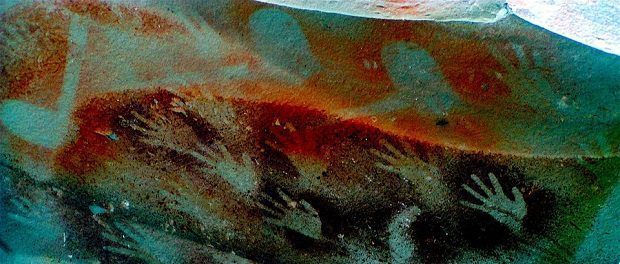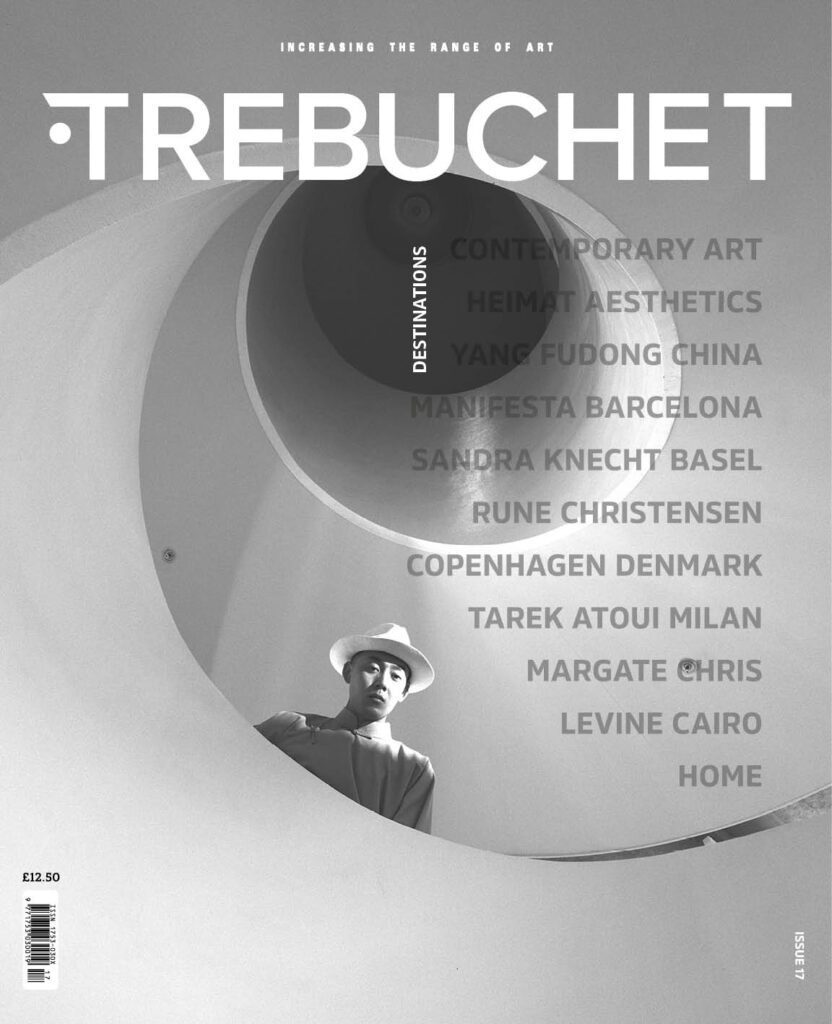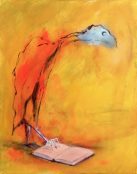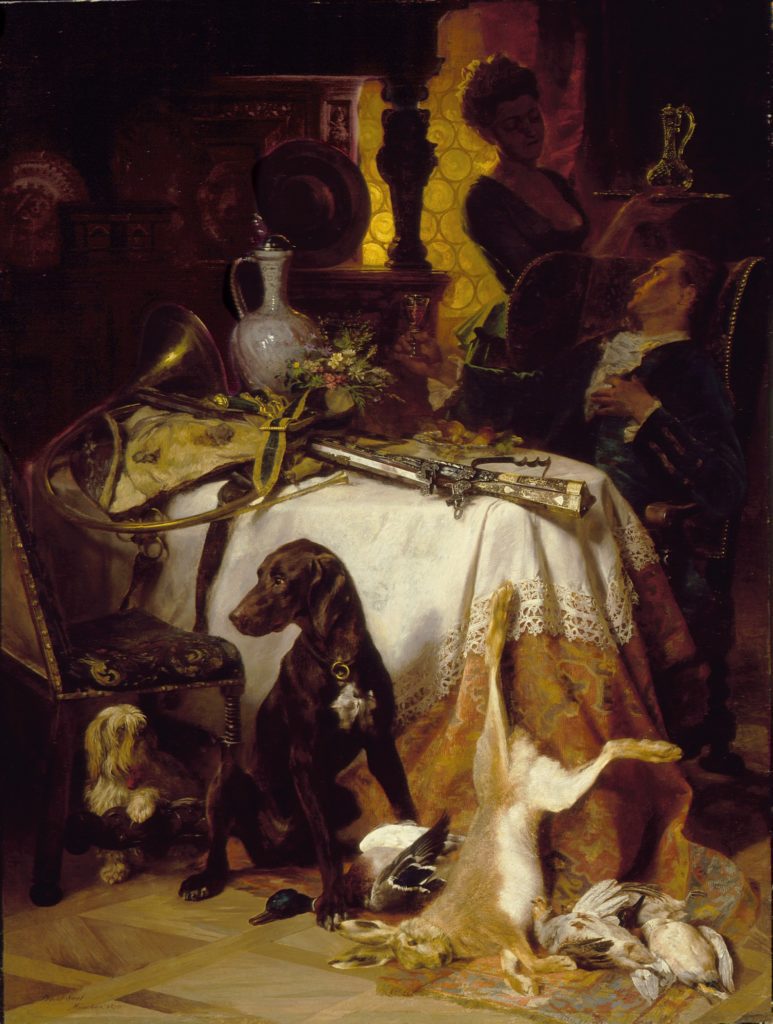[dropcap style=”font-size:100px; color:#992211;”]I[/dropcap]n contrast to many a smutty daydream (often featuring Raquel Welch), it appears that prehistoric human society was not a sexually-licentious festival of indiscriminate rutting.
Early humans were, it seems, strictured by many of the same complex moral hangups, social mores and perceived dangers as have cornered modern sexuality into the codified, strictly regulated and highly censured activity we currently know.
*Swipes right*
Prehistoric humans may have developed social norms that favour monogamy and punish polygamy thanks to the presence of sexually transmitted infections (STIs) and peer pressure, according to new research from the University of Waterloo in Canada.
As hunter-gatherers began living in larger populations of early settled agriculturalists, the spread of STIs could explain a shift towards the emergence of social norms that favoured one sexual partner over many.
The work, published in Nature Communications, uses computer modeling techniques to simulate the evolution of different social mating behaviours in human populations based on demographic and disease transmission parameters.
“This research shows how events in natural systems, such as the spread of contagious diseases, can strongly influence the development of social norms and in particular our group-oriented judgments,” said Chris Bauch, a professor of applied mathematics and a University Research Chair at Waterloo. “Our research illustrates how mathematical models are not only used to predict the future, but also to understand the past.”

The study, by Professor Bauch and Richard McElreath from the Max Planck Institute for Evolutionary Anthropology, found that when population sizes become large, the presence of STIs decreases fertility rates more among males with multiple partners, therefore changing which mating behaviour proves to be most beneficial to individuals and groups.
In early hunter-gatherer populations, it was common for a few males to monopolize mating with multiple females in order to increase their number of offspring. In these small societies where there is a maximum of 30 sexually mature individuals, STI outbreaks are short-lived and tend not to have as significant an effect on the population.
However, as societies evolved around agriculture and group sizes grew, the research predicts that prevalence of STIs increased amongst polygamist networks that overlapped. With the absence of modern medicines, infertility from syphilis, chlamydia and gonorrhea would likely have been high. This made it more advantageous for males to mate monogamously, and more importantly, to punish other males who did not. Groups that enforced monogamous social norms could therefore outcompete groups lacking such norms.
“Our social norms did not develop in complete isolation from what was happening in our natural environment. On the contrary, we can’t understand social norms without understanding their origins in our natural environment,” Professor Bauch. “Our social norms were shaped by our natural environment. In turn, the environment is shaped by our social norms, as we are increasingly recognizing.”
The researchers note that STIs may be one factor among many – including female choice, pathogen stress and technological impacts – that altered human behavior from polygamy to monogamy.
Source: Eurekalert/University of Waterloo

Some of the news that we find inspiring, diverting, wrong or so very right.





















Have you read Sex at Dawn? That book suggests early man was not monogamous. I don’t know which is true…as I was not there. 🙂
It does seem quite speculative, doesn’t it? To suggest that early man had an understanding of sexually-transmitted diseases before there was even a full understanding of paternity is stretching things a little. Tribal societies are usually matrilineal/matriarchal – groupings which place minimal importance on paternity or monogamy. And surely the impetus was on widening the genepool, which would also weigh in favour of exogamy.